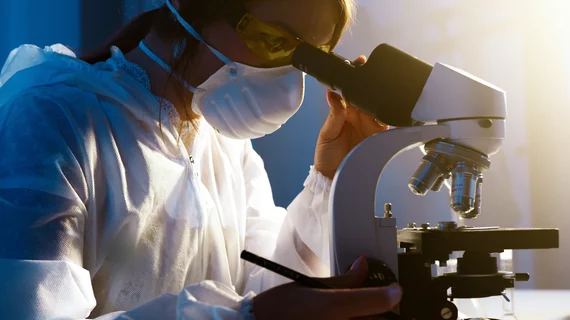New discovery could reduce the risk of heart damage among cancer patients
Some cancer therapies—primarily those that attack a patient’s DNA—have been linked to cardiovascular risks such as cardiac toxicity and heart failure. The exact cause of these complications remains unclear, but researchers behind a new study in the Journal of Experimental Medicine think they may have identified an answer.
If they are right, it could make a significant impact on the heart health of cancer patients everywhere.
“The mechanisms by which DNA damage leads to late tissue toxicity years after cancer treatment have been poorly understood,” corresponding author Adam M. Schmitt, MD, a radiation oncologist at Memorial Sloan Kettering Cancer Center in New York, said in a prepared statement. “Identifying the pathogenic mechanisms of toxicity and early biomarkers of their activation would provide an opportunity to intervene with treatment to prevent toxicity.”
Schmitt et al. performed a mouse study that involved exposing the mice to radiation or anthracyclines; within three to six months, the mice had developed signs of cardiac dysfunction—and many had died from heart failure. The reason for these complications, the authors found, was that an immune signaling pathway in the body known as the cGAS-STING pathway was actually being activated by the radiation/anthracyclines. Mice that lacked the cGAS or STING proteins experienced no complications from the simulated cancer treatments.
With this knowledge in mind, the researchers turned to data from breast cancer patients who were treated with anthracyclines. They determined that the cGAS-STING pathway was also being activated in these patients—and that pathway was directly linked to cardiac issues identified in echocardiograms.
“Taken together, our data reveal that targeting of the cGAS–STING pathway holds great potential as a treatment to prevent cardiac complications of DNA-damaging cancer treatments,” Schmitt said. “These data indicate that clinical trials utilizing cGAS–STING inhibitors to prevent cardiovascular disease following DNA-damaging cancer therapy are warranted.”

